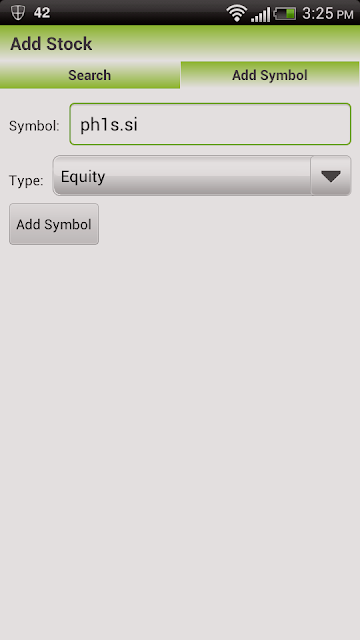1. It is fine to only capture a great part of the gains offered by volatile market.
A tempting variation on the passive investing strategy is the macroeconomic trend idea. In simple terms, an investor who would otherwise pursue a completely passive investing strategy seeks instead to “play macro.” He or she attempts to guess the direction of an economy over the next several quarters and invests accordingly.
It’s tempting, compared to a true passive investing strategy, because financial charting software makes it very easy to create flattering views of one’s own opinions.
Think gold is done? You can get a chart to prove it in two clicks. Interested in Brazil? No problem. Run a quick search on the country’s major stock index and, voilà, there’s your case for investing today.
The difficulty, of course, is that global economies are very complex machines with many moving parts. There’s no good reason gold can’t bust higher and higher, testing your will to sell. A minor change in Chinese growth could hammer Brazilian exports overnight. Your passive investing strategy turned semi-active would wipe out fast.
......
Hindsight is always perfect in these situations. Buying the Dow in March 2009 would have been a brilliant play, but only if you managed to sell the Dow as it peaked in October 2007. A passive investing strategy, of course, would not have taken these actions so bluntly.
A more productive approach, then, is to abandon the idea that macroeconomic analysis is within your grasp as an ordinary human being. It’s an interesting hobby and great background for your intellectual life, but not a bet to take with your retirement funds.
A true passive investing strategy nevertheless offers ways to capture a great part of the gains offered by volatile markets without taking “all-in” bets based on limited information.
......
A simple ETF- and index fund-based passive investing strategy allows you to play these macro waves with confidence, and you needn’t be right about anything at all, just disciplined about rebalancing when the opportunity arises.
Source: http://www.marketriders.com/investing/passive-investing-strategy-that-works/
2. I do not claim to be as 'intelligent' as these people to decide accurately when i can do active investing, and when i can do passive investing.
Deciding when to use the optimal approach
We believe certain times call for a passive investment strategy, whereas in other times an active approach is more prudent.
In the 1980s and 1990s, the market rose steadily for two decades, partially as a result of:
- Falling interest rates
- Baby Boomers entering the workforce and their prime spending years
- Globalization, which helped keep the cost of living low, as goods were made cheaply overseas.
- The advent of the Internet Age
During this time, a prudent investment strategy was to be passively invested in the market using a “buy-and-hold” approach with minimal trading, and through low-cost investment vehicles.
- At times of extreme investor exuberance, risky assets are priced for perfection and we are then encouraged to reduce our exposure to them.
- Conversely, extreme investor fear leads to assets being priced at “fire sale” valuations and we are encouraged to prudently purchase quality assets at “cheap” levels.
As the market’s long-term growth trend re-emerges, we advocate returning to a more passive investment strategy which focuses on capturing the rising tide of the markets.
3. Remembering permanent portfolio's lower potential drawdowns can also help calm my mind and allow me to let my portfolio sit through market turmoils as designed.
There's a strong tendency for many in the financial media to overcomplicate this thought process-and I'm not necessarily knocking. There's a big difference between earning 7% on $100,000 for 30 years compared to earning 8%. One will get you $800,000 and the other will get you about $1.1 million.
......
But for me, that difference is dwarfed by the necessity to avoid selling out at the bottom - the avoidance of selling is the dividend investor's key to success. If you can craft a strategy that holds through fear and panic, you've won. You did it. You've conquered the biggest demon of the capitalist markets. That's the big point of dividend-growth investing: the growing income checks during periods of economic turmoil provide a comfortable measurement that prevents investors from irrationally selling out at a market low. That's the secret sauce.
Source: http://seekingalpha.com/article/1052891-the-greatest-benefit-of-dividend-growth-investing




